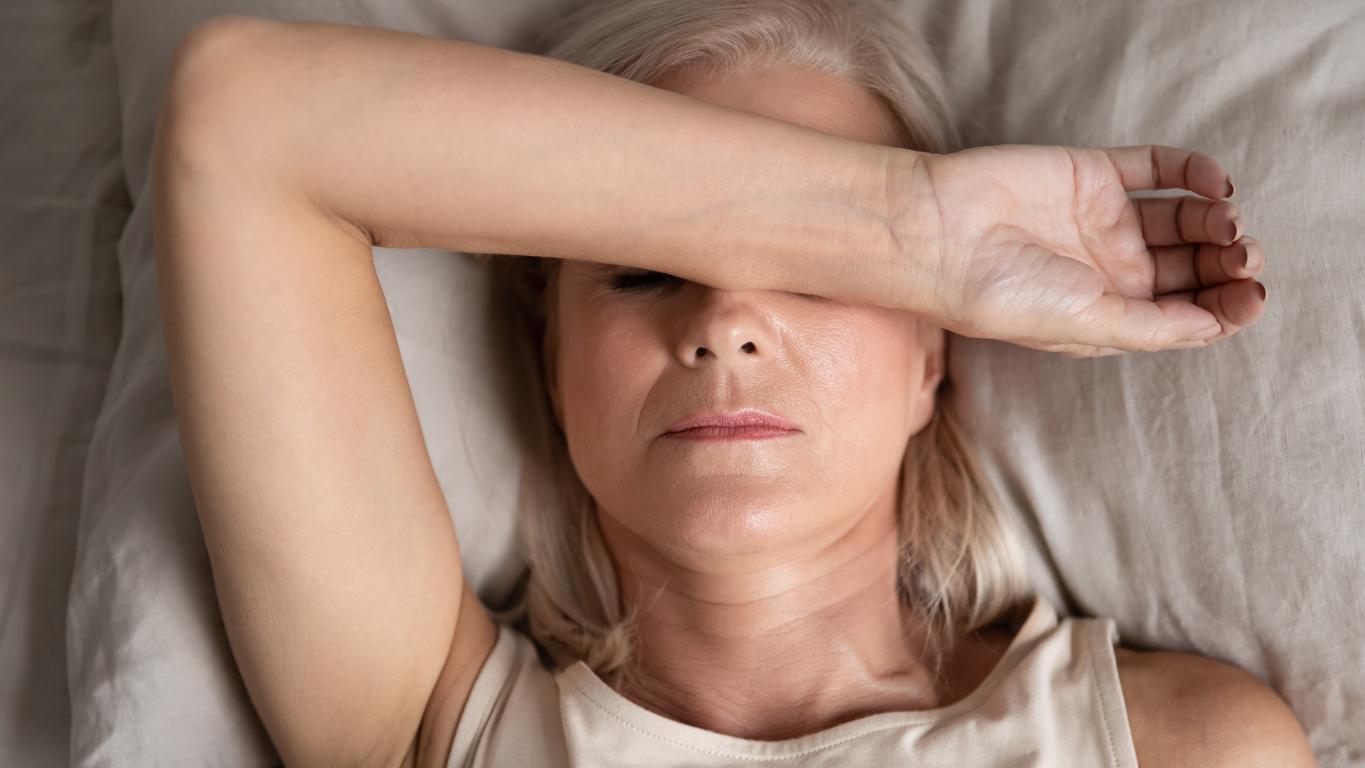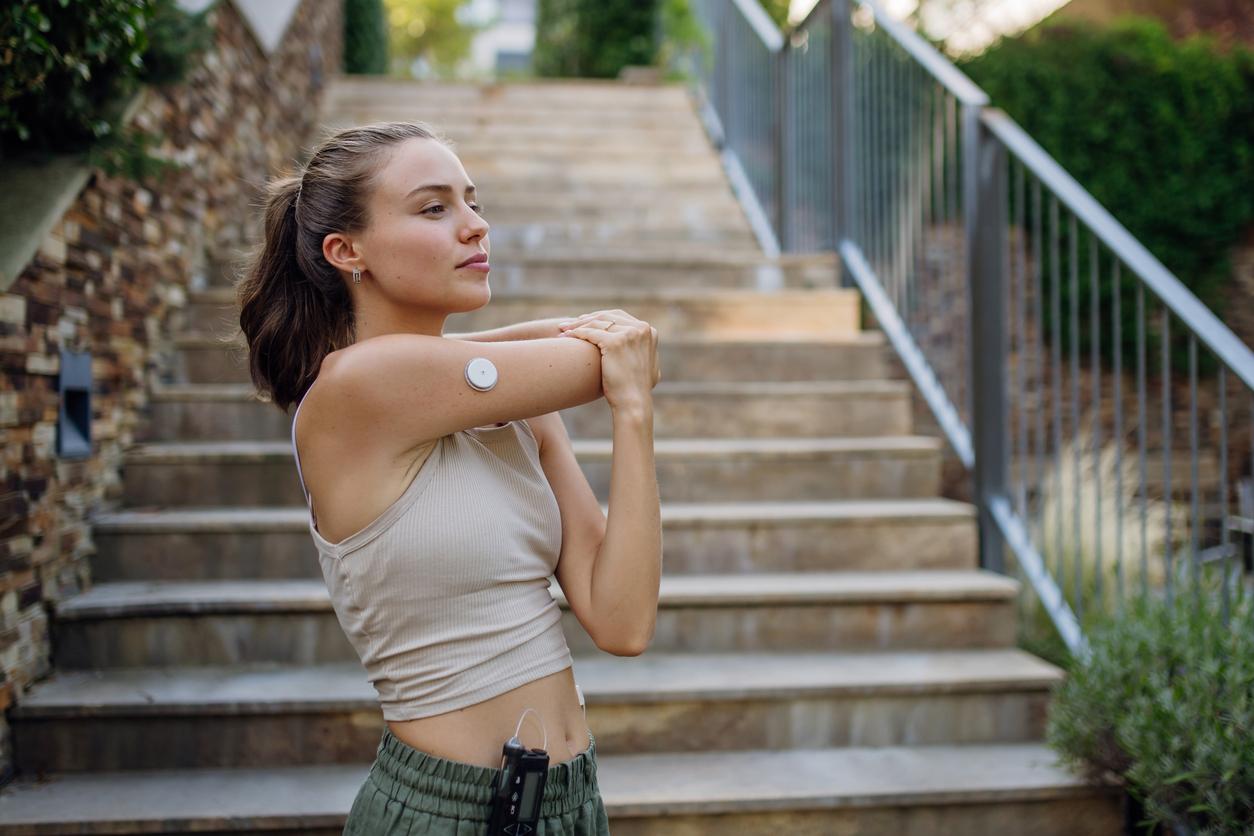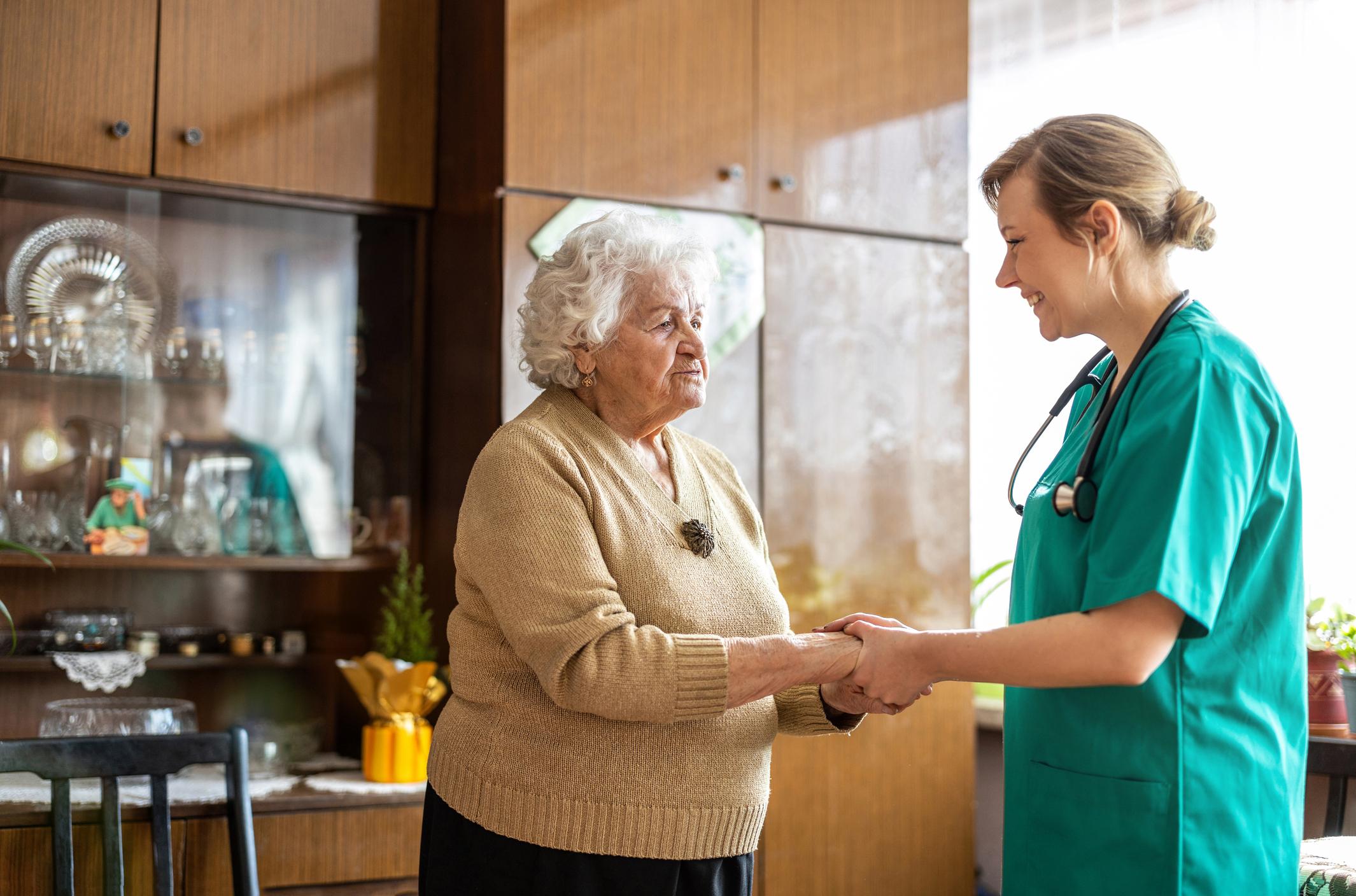The World Health Organization regularly sounds the alarm: one in four people in the world does not move enough. Inserm scientists are therefore interested in the various factors that can influence the practice (or not) of physical activity among seniors, in order to avoid the installation of a deleterious sedentary lifestyle.
“Physical activity is one of the keys to healthy aging. While current recommendations are to achieve 21 minutes per day of moderate to intense physical activity, and to reduce the time spent sitting (sedentary), little people actually follow them, especially the older ones.
The scientists equipped a cohort of 3,900 people with physical activity measurement devices (accelerometer). They considered 3 types of activity intensity: sedentary lifestyle (low-energy intensity activity in a seated or lying position), light-intensity physical activity (slow walking, for example) and high-intensity physical activity. moderate to strong (swimming, cycling…). This allowed them to determine, for example, that people who live alone are more sedentary, as well as male smokers, or people (male or female) who suffer from a chronic disease or obesity.
Promoting physical activity from 50-60 years old
The researchers also wanted to know if the barriers to the practice of physical activity among seniors were already present earlier in life. “And we found that it was. Living alone, being overweight or obese, chronic disease, physical weakness or poor lifestyle at average ages of 50 and 60 were associated with low level of activity during old age”, specifies Mathilde Chen, principal author of this work.
“We were also able to observe a grouping of behavioral risk factors: people who are more sedentary tend to smoke and eat less fruit and vegetables. This work reflects the complexity of the determinants of an active lifestyle in seniors” she adds. The researchers therefore believe that the fight against a sedentary lifestyle should be addressed as early as possible to people most likely to be inactive as they age.
Source : Individual barriers to an active lifestyle at older ages among Whitehall II study participants after 20 years of follow-upJama network, April 2022
Read also :
- How old are you in your mind?
- Why don’t women play sports?
- Gardening, tidying up, cleaning, it’s good for the brain

















